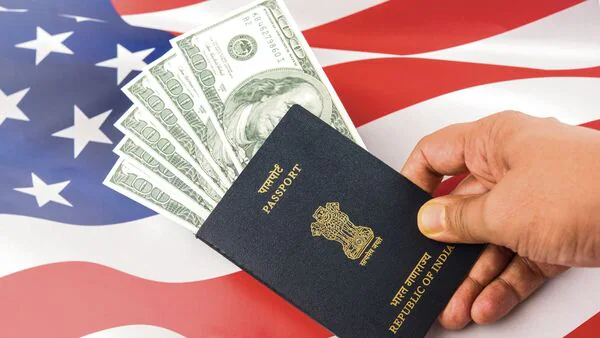Visa retrogression happens when the U.S. Department of State moves priority dates backward in the Visa Bulletin, delaying green card applications. This occurs when demand for visas exceeds the annual limit in certain categories or countries.
Key Points:
- Priority Date: The date USCIS receives an immigrant petition (e.g., Form I-130 or I-140). Applications can proceed only if their priority date is earlier than the Visa Bulletin’s cutoff date.
- Who’s Affected? Employment-based (EB-2, EB-3 for India/China) and family-sponsored applicants (F1, F2B, F4).
- Impact: Adjustment of Status (AOS) or consular processing is paused until the priority date becomes current.
- Work & Travel: If you have a pending Form I-485 with an EAD/AP, you can still work and travel.
Example: If EB-3 India’s cutoff date retrogresses from January 1, 2013, to July 1, 2012, applicants with later priority dates must wait until their date becomes current again.

